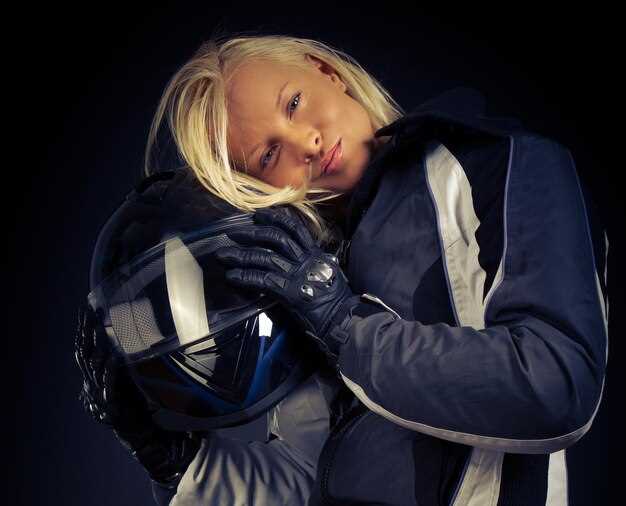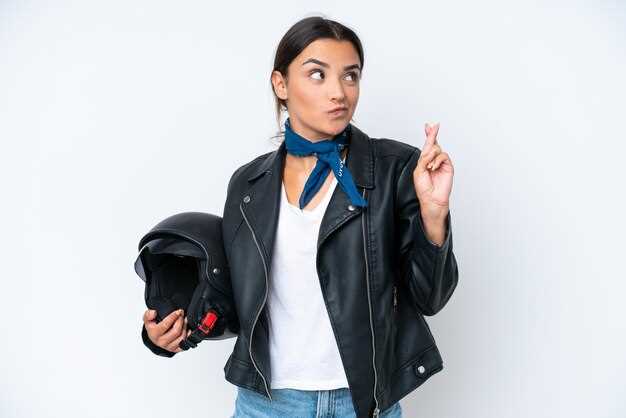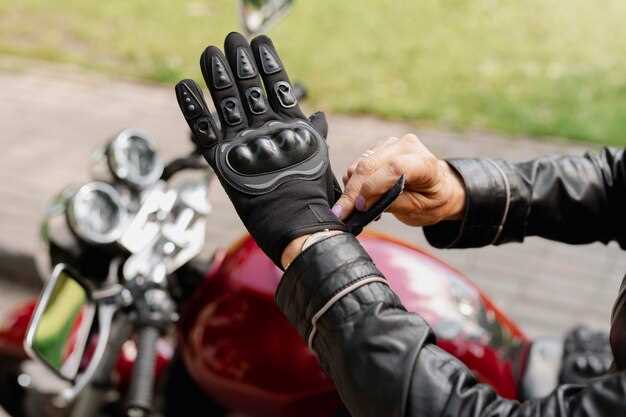
When it comes to motorcycle racing, having the right gear is essential for not only performance but also safety. Among the various types of protective clothing available, racing leathers and suits stand out as the most trusted choices for riders who crave speed and adrenaline. A well-fitted race suit can enhance aerodynamics, improve body positioning, and reduce the risk of injury in the event of a fall.
Choosing the perfect racing suit involves understanding several critical factors, including material construction, fit, and protective features. The primary materials used in racing leathers are cowhide and kangaroo hide, each offering unique advantages in terms of durability and weight. Additionally, the suit must fit snugly without restricting movement, as comfort is key during high-speed maneuvers.
Another crucial aspect to consider is the incorporation of armor and additional protective elements. Many modern suits come equipped with hard-shell protectors for the shoulders, elbows, and knees, as well as back protectors that enhance safety without compromising flexibility. This buying guide will delve into the essential features to look for when selecting a racing suit, ensuring that you make an informed decision to elevate your riding experience.
Choosing the Right Race Suit Material for Your Needs
Selecting the appropriate material for your race suit is crucial for ensuring both safety and performance on the track. Various materials offer distinct advantages and disadvantages, making it essential to understand what suits your racing style and environment best.
Leather is one of the most traditional materials used in racing gear. It provides excellent protection against abrasion and impact, making it ideal for high-speed race conditions. Leather suits often feature additional padding and reinforcement in critical areas, enhancing safety. However, leather can be heavy and less breathable, which may not be suitable for hot weather racing.
Textiles, including nylon and polyester blends, are an alternative to traditional leather. These materials are generally lighter and offer superior ventilation, making them a popular choice for those who race in warmer climates. Textile suits may not provide the same level of abrasion resistance as leather, but many modern textile options come equipped with Kevlar or other protective fibers, balancing safety and comfort.
Mesh materials are designed primarily for warm weather racing. They prioritize airflow and breathability, keeping the racer cool. While mesh suits provide less protection than leather and heavy textiles, they are often favored for track days and less competitive racing scenarios where comfort becomes more critical.
When considering your options, also take into account the fit and comfort of the material. A well-fitting race suit allows for optimal movement and control. Additionally, look for materials that include moisture-wicking properties; these features help to keep you dry and comfortable during long racing sessions.
Ultimately, the choice of material should reflect not only your racing needs but also personal preferences regarding fit and comfort. Striking the right balance between safety, breathability, and flexibility will enhance your overall racing experience.
Understanding Fit and Sizing for Maximum Comfort and Safety

When purchasing racing leathers and suits, achieving the right fit is crucial for both comfort and safety. An ill-fitting suit can hinder your movement and reduce the effectiveness of protective gear. Here’s a breakdown of the key factors to consider when assessing fit and sizing for your racing gear.
- Body Measurements:
Start by taking accurate body measurements. Focus on the following areas:
- Chest
- Waist
- Hips
- Inseam
- Arm length
- Size Charts:
Consult the specific brand’s size chart. Sizes can vary significantly between manufacturers. Ensure your measurements align with their guidelines.
- Try Before You Buy:
If possible, try the suit on. Pay attention to:
- Overall snugness without being restrictive
- Ease of movement in key areas (arms, legs, back)
- Adjustability features, such as straps and zippers
- Type of Riding:
Consider the type of riding or racing you will be doing. Different styles may require different cuts, such as track racing versus street riding.
- Layering Considerations:
If you plan on wearing additional gear underneath, account for this when selecting size to ensure comfort and mobility.
- Break-In Period:
Remember that leather suits often require a break-in period. They may feel stiff initially but will conform better to your body over time.
Ensuring the correct fit of your racing suit not only enhances your comfort but also optimizes safety in the event of a fall or crash. Prioritize spending time understanding these elements to make a well-informed decision on your racing gear.
Key Features to Look for in Protective Gear for Racing

When selecting protective gear for racing, several key features should be prioritized to ensure safety and performance. The first essential aspect is material quality. Look for suits made from high-grade leather or advanced textile materials that offer durability and abrasion resistance. This is crucial for minimizing injuries in the event of a fall or slide.
Next, consider the construction of the gear. A well-constructed suit should have reinforced stitching and seams, as these areas are most vulnerable during an impact. Double and triple-stitched seams provide added strength and protection.
Another important feature is the level of armor incorporated into the gear. High-quality racing suits come with CE-approved armor in critical areas such as shoulders, elbows, knees, and back. Ensure that the armor is strategically placed and offers adequate coverage without compromising mobility.
Fit is also vital when choosing a racing suit. The gear should fit snugly without being restrictive. A well-fitted suit not only provides better protection but also enhances aerodynamics, allowing for improved speed and agility on the track. Consider options with adjustable features to personalize the fit further.
Additionally, ventilation is a key feature that should not be overlooked. Look for suits with perforated panels or mesh inserts to facilitate airflow, helping to regulate body temperature and increase comfort during long races.
Lastly, consider the visibility provided by the gear. Bright colors or reflective elements can enhance visibility, making it easier for other racers and officials to see you on the track, thus improving safety. Choose colors and designs that not only fit your style but also promote visibility in various conditions.
